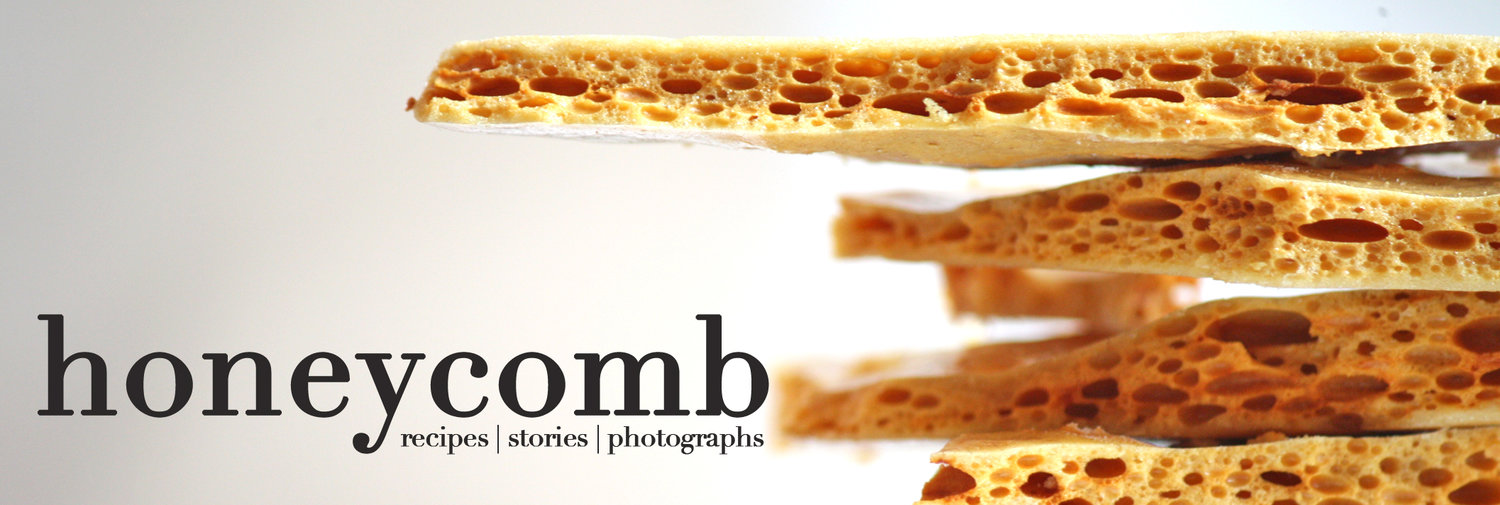Quick Pickled Vegetables
People always told me that time will start to go faster the older you get.
They were right.

Maybe it’s my quarter-century crisis coming 1 month early but lately I have felt more than ever how fleeting time can be, and it has maybe put me in a bit of a funk. I’m lucky to say that the last 12 months of my life have been some of my best. I experienced a lot of “firsts”, went through some really strong emotional states, both wonderful and terrible, welcomed new people into my life, and then lost some.
So much happened, including a lot of growth, and it’s terrifying how it all feels condensed into this brief flicker. How is it that a period of such importance passed in what feels like a snap of my fingers? If I had been more present, could I have prolonged that feeling of time? Would I still be where I am right now?
Like I said, quarter-life crisis is real.

With all of that in mind though, I have felt more than ever how important it is to be living in the moment. I want to savor life for all that it is worth and be more mindful and aware about how I am growing and feeling during each new experience. Whether I’m learning a new skill, or doing something that scares me, or simply taking time to be introspective, I hope for each day to end having been lived well and with purpose and a positive mind and spirit.
Food, in the way it initiates the awareness of all senses and inspires learning through creation, somehow tends to expand that feeling of time. Which brings me to these pickles. Lately, I’ve been more and more craving the tangy, briny taste of pickled anything. I’ve been putting capers on my omelets, cornichons on my sandwiches, olives on just about everything else. When I came across the recipe for quick pickled vegetables in Alice Waters’ The Art of Simple Food, it seemed like just the right thing for my current frame of mind.


It’s a pickle that can be created and eaten in the same day, providing a fun daytime diy project with almost instant and delicious gratification after a brief cooling period in the fridge. You can pickle just about any vegetable but I decided to try cucumbers, carrots, green beans, red onions, and cauliflower. The pickled carrots were a clear winner, straddling that fine line between sweet and sour. They all go wonderfully alongside a selection of meats, cheeses, crackers and maybe some hard-boiled eggs. I also discovered that warm boiled potatoes lightly mashed with some crème fraiche, dill, and thyme, and topped with flakes of hot smoked salmon, loads of pickled red onions, and a nice dose of salt and cracked black pepper, make for a fantastic dinner on a relaxing summer evening. I have a feeling that these pickles will make a number of appearances throughout my summer, whether enjoyed on my own or with family and friends, and hopefully they make it just that much more memorable and meaningful.
Quick-Pickled Vegetables
From Alice Waters’ The Art of Simple Food
Makes enough pickling brine for about 4 jars of vegetables
Ingredients
1½ cups white wine vinegar
1¾ cups water
2½ Tbs. sugar
½ bay leaf
4 thyme sprigs
pinch of dried chili flakes
½ tsp. coriander seeds
2 whole cloves
1 garlic clove, peeled and cut in half
a big pinch of salt
fresh vegetables, cleaned, cut and prepped for pickling
To make the pickling brine, combine all of the ingredients (except the vegetables) in a pot and bring it to a boil. Add each type of vegetable to the brine separately (except the onions and cucumbers**) and cook until softer, but definitely still crisp. Use tongs to remove the vegetables and set them aside on a plate until cool. Continue cooking each type of vegetable until finished. Let the brine and vegetables cool to room temperature. Once cool, pack the vegetables into mason jars, cover with the brine, and place the lid on the jar. They will keep in the refrigerator for a week.
**Since the onions and cucumbers are so soft already, no need to pre-cook them. Just place them raw in the jars (I added some dill sprigs to the jar with the cucumbers) and add the hot pickling brine directly to the jars. Cover the jar with the lid and leave out until it cools to room temperature. Then store in the fridge with the rest.
